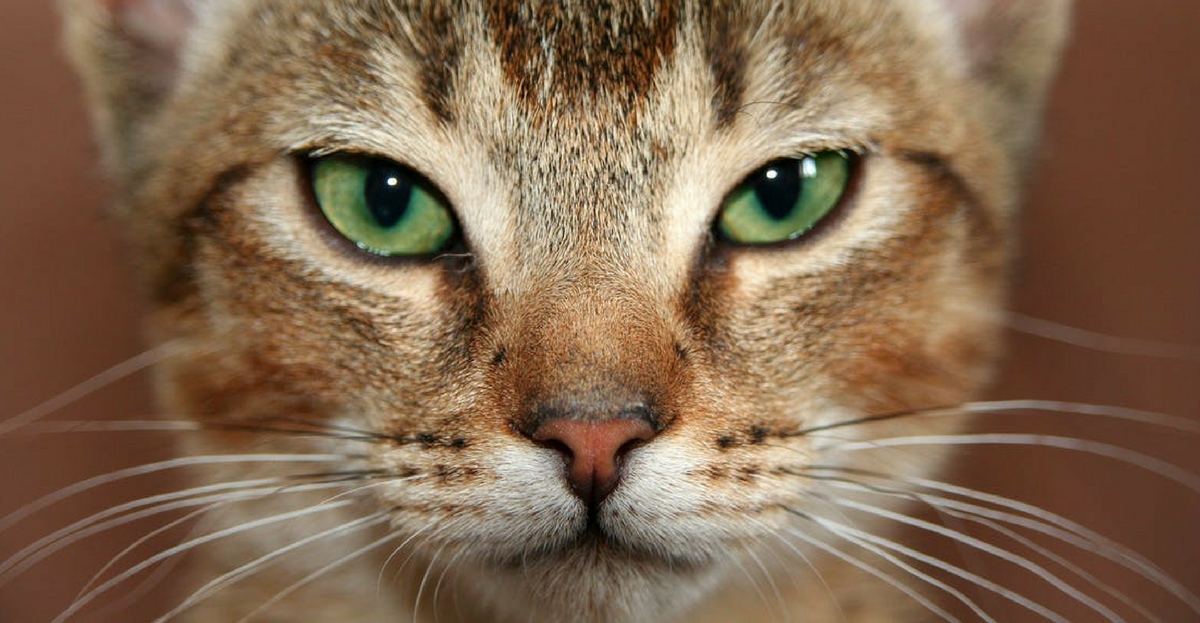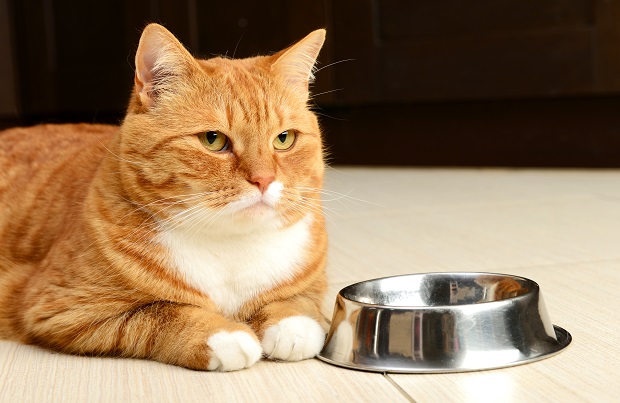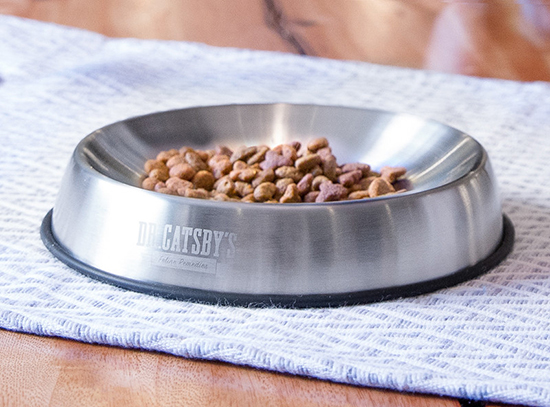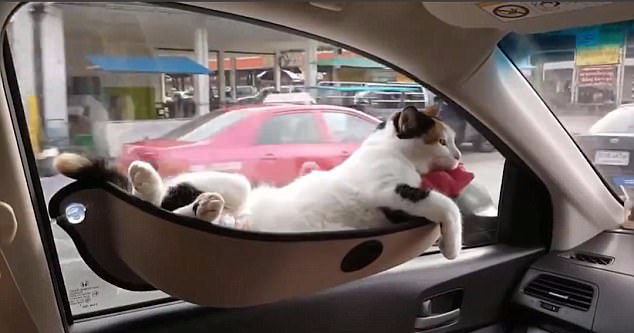Admit it, you've gotten frustrated with your cat a few times because it refused to eat what you served in the bowl. Chances are every time your cat turned down food, you've blamed it on the feline being a picky eater or moody.
But did you ever stop to think that there may be a serious underlying cause for this mealtime behaviour?
Turns out, the struggle at mealtime is less about attitude and more about the vessel in which the food is served. There's a new diagnosis known as 'whisker fatigue' that veterinarians are claiming to be the root of many food-related behavioral issues in cats.
What exactly is whisker fatigue?
A cat's whiskers are sensory organs that send signals to the brain and nervous system. These extremely sensitive hairs help cats navigate, find food and protect themselves. They can easily become over stimulated by being in contact with objects in their surroundings including food and water bowls. The condition that occurs as a result of this "sensory overload" is known as whisker fatigue.

The symptoms
You may be familiar with some of the symptoms which include aggressive behaviour at mealtime, moving food from the bowl onto the floor, refusing to eat all their food despite being hungry and pacing or standing near the food bowl but not eating.
Thankfully, the condition is not permanent and there's an easy fix for it.
The solution
Simply switch your cat's food and water bowls to wider and more shallow vessels. These will keep its whiskers from rubbing the sides of the dish and provide a happier mealtime experience.
According to People.com, some pet companies have even begun selling "whisker friendly" bowls to help eliminate whisker fatigue. However, if you prefer not to splurge on one, a stainless steel, ceramic or glass plate will make a great alternative.
Share this information with a anyone you know that has a cat.
[h/t: Pet Guide/Global Animal]



